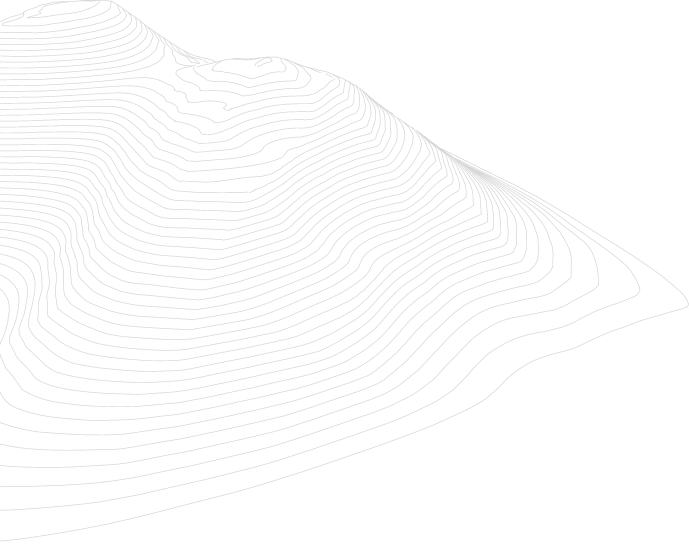
For surveyors, the system resolution is crucial, and it can be understood in multiple ways. Here, we provide three essential types of resolution and their importance:
- Classic Range Resolution
- Sampling Range Resolution
- Bottom Detect Range Resolution
Before getting into the details of the different types of range resolution, please note that spatial resolution is also critical when selecting a multibeam echosounder. Spatial resolution is characterized by the size of the footprint of each beam, the beamwidth.
Classic range resolution
Classic range resolution is the ability to distinguish between two or more targets on the same bearing but at different ranges. Simply put, it allows surveyors to see two in-line targets as clearly defined, separate objects, rather than as a single blurry mass.

Bandwidth and pulse length are of key importance to classic range resolution and since bandwidth and pulse length are inversely proportionate, long pulses have short bandwidths.
For classic range resolution, the shorter the pulse length, the closer two targets can be while still returning different echoes. (Longer pulse lengths result in returned echoes overlapping, causing objects to “blur” into one another.)
Classic Range Resolution is defined as the minimum distance between two targets which allows those objects to be detected as distinct/separate.


The lower the resulting number, the smaller the minimum required separation to resolve two separate objects, and the better the classic range resolution.
Sampling Range Resolution
The term can best be understood by considering the operating bandwidth of a sonar. The higher the operating bandwidth, the higher the sampling rate. A higher sampling rate translates to a higher number of points computed (during the analogue to digital conversion), and therefore in a more accurate representation of the object or bottom detected.
Sampling Range Resolution can be defined as the number of points collected in a given sampling range.


Again, the lower the number, the smaller the distance between points that can be detected correctly.

Bottom Detect Range Resolution
Based on various calculations and validation from numerous surveys, the Bottom Detect Range Resolution is 1/4 of the Sampling Range Resolution.
Bottom Detect Range Resolution refers to the precision with which the seafloor can be detected.



Additional note
Please remember that Depth Resolution or Accuracy cannot be provided directly by the MBES. Depth calculations are performed by the data collection software taken into account auxiliary sensor data, adjusting for offsets, and applying refraction corrections.

